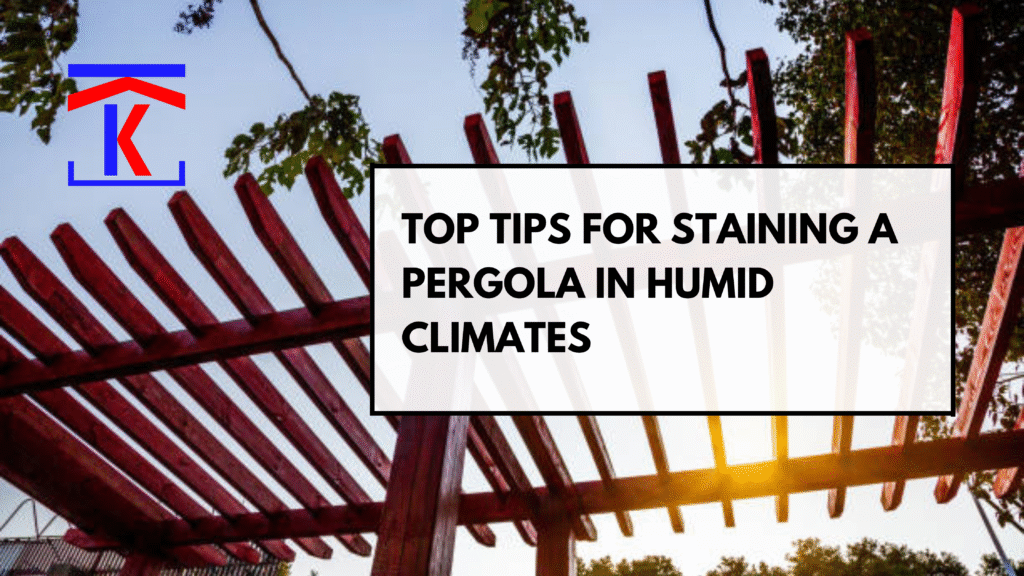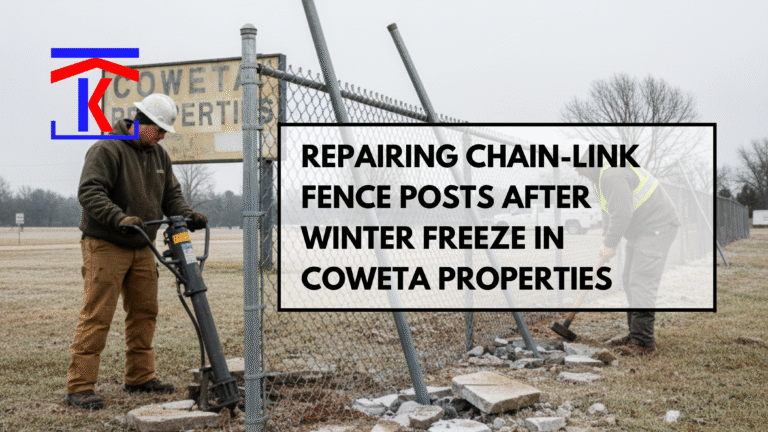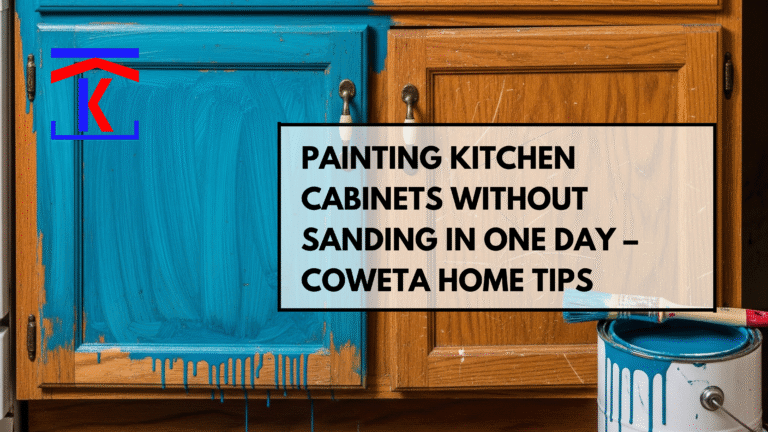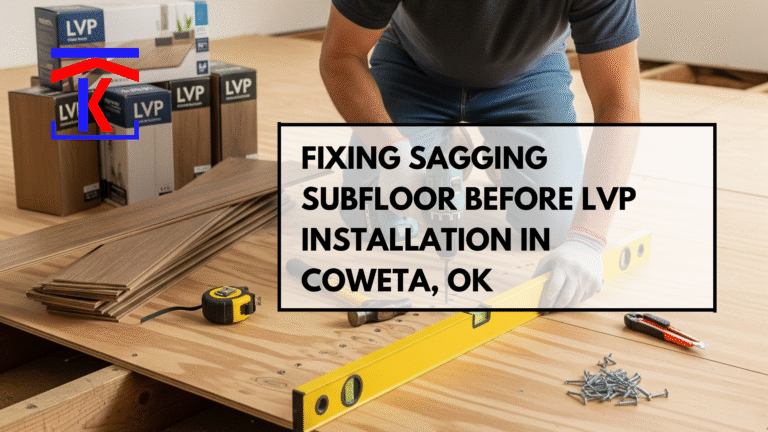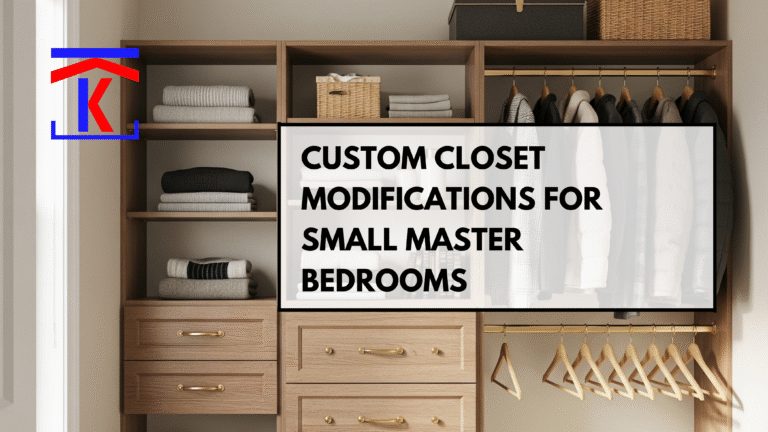Staining a pergola can transform your outdoor space, adding both beauty and protection. But when you live in a humid climate, applying wood stain comes with unique challenges. High moisture levels can affect drying time, adhesion, and even the longevity of the finish, making it essential to follow best practices designed for humid environments.
In this guide, you’ll learn how to properly stain your pergola in humid weather conditions and get long-lasting, professional-looking results without frustration or rework.
Why Humidity Affects Staining Results
Humidity plays a significant role in how well wood stain penetrates and dries. In high-moisture conditions:
- Stain dries slower, increasing the risk of streaks and uneven finishes
- Wood absorbs more moisture, preventing proper stain penetration
- Dew and rain can ruin freshly applied stain, especially overnight
- Mold and mildew thrive if the wood isn’t prepped and sealed correctly
Understanding these risks is key to choosing the right time and method for staining your pergola in a humid climate.
Top Tips for Staining a Pergola in Humid Climates
1. Choose the Right Day (and Time of Day)
Check your local forecast before planning your project. Ideal staining conditions are:
- Humidity levels below 60%
- Temperatures between 50°F and 85°F (10°C–29°C)
- Overcast or partly cloudy skies (avoid direct sunlight)
- At least 48 hours of dry weather before and after application
Best Time to Stain: Early morning or late afternoon, when the temperature and humidity are most stable.
2. Use a Moisture Meter
Never stain wet wood. Even if it feels dry to the touch, high humidity can leave internal moisture.
Use a moisture meter to test your pergola’s wood. Stain should only be applied when the wood’s moisture content is below 15%. Anything higher can prevent proper adhesion.
3. Clean and Dry the Pergola Thoroughly
In humid climates, mold and mildew are common. Clean the wood surface thoroughly using:
- A deck or wood cleaner
- Soft-bristle brush
- Optional: diluted bleach solution for stubborn mildew
Allow the pergola to dry for 2–3 full days in dry weather before applying stain.
4. Choose the Right Type of Stain
For humid climates, opt for:
- Oil-based stains – These penetrate better and repel moisture more effectively than water-based stains
- Semi-transparent stains – These allow the wood to breathe while still offering UV and moisture protection
- Mildew-resistant formulas – Always a plus in damp regions
Brands like Cabot, Behr, and Benjamin Moore offer stain lines specifically formulated for humid and coastal conditions.
5. Apply Thin, Even Coats
In humid weather, thick coats won’t dry properly and are more likely to become tacky or blotchy. To avoid this:
- Use a brush, roller, or stain pad
- Apply in thin layers, working in manageable sections
- Wipe off excess stain within 10–15 minutes
- Avoid overlapping strokes on drying areas to reduce lap marks
6. Avoid High-Humidity Times of Day
While it might be cooler in the morning, humidity tends to peak early. Late afternoon is often drier in tropical and coastal climates.
Avoid staining:
- After rain
- When dew is likely (evenings)
- If humidity levels are rising fast
7. Allow Extended Drying Time
In humid areas, stain may take up to 72 hours to fully cure, compared to the standard 24–48 hours. To ensure the finish sets properly:
- Keep the pergola covered or protected from dew and rain
- Avoid placing furniture or decorations until the stain is fully cured
- Avoid second coats unless the product specifically allows it and the first coat is 100% dry
8. Seal for Extra Protection
For added moisture defense, especially in coastal or swampy regions, apply a clear waterproofing sealer over your stain after it fully dries. This will:
- Extend the life of the stain
- Add resistance against mildew, UV, and moisture
- Help maintain color and finish
Maintenance Tips for Humid Climates
- Clean your pergola twice a year to prevent mildew buildup
- Reapply stain or sealer every 2–3 years, or as recommended by the product
- Address signs of moisture damage or mold immediately to prevent wood decay
Final Thoughts
Staining a pergola in a humid climate isn’t impossible; it just takes a little more planning and patience. With the right materials, weather conditions, and application techniques, your pergola can stay beautiful and protected for years to come.
Follow these top tips to ensure your outdoor structure withstands the challenges of a humid environment while enhancing the charm and functionality of your backyard. Contact us today!

